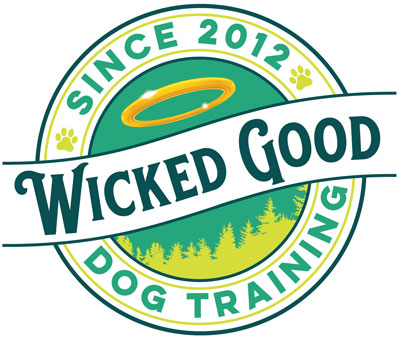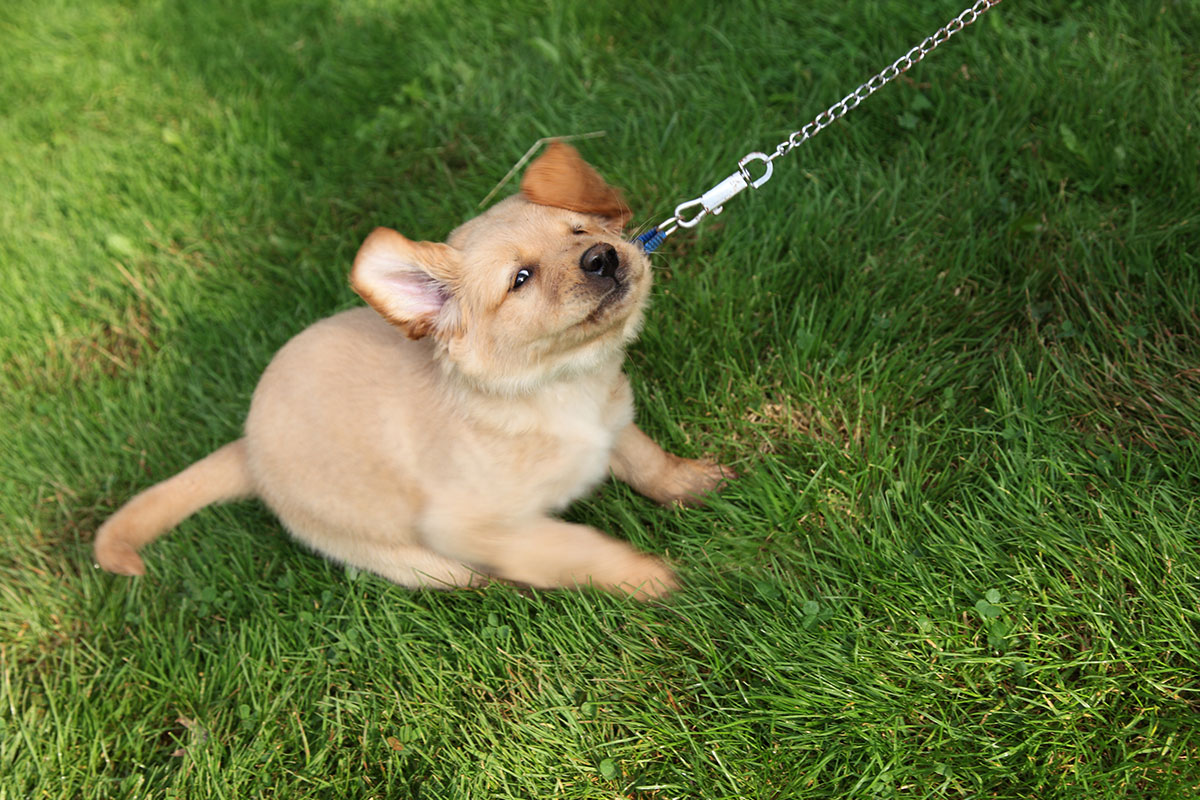We are given about 5 months to fall madly and hopelessly in love with our puppies, then we face the challenge of adolescence. By that time, for most of us, we are far too smitten to do anything but muddle through the challenge and keep dreaming of calmer, more cooperative days.
Adolescence is one of the top reasons dogs are relinquished to shelters, dumped on the side of the road, kept as outdoor dogs, or never claimed from animal control. Generally, those cases also involve a complete lack of training before adolescence hits, which makes that developmental stage that much more difficult to handle. However, even dogs that have been socialized and trained right from the start can prove to be Jekyl and Hyde once adolescence starts.
I have heard adolescent puppies between the ages of 6-18 months called all number of less than flattering names; monster, beast, brat, demon, whirling dervish, devil and on and on, you get the picture.
Adolescent puppies REALLY push our buttons! They can turn us into beasts ourselves, saying things like “Oh you will NOT get away with THAT”, “STOP THAT” “NO”, etc. etc. The problem with meeting the challenge of adolescence with confrontation of any kind is, it doesn’t work! It really only serves to erode your relationship with your dog. As your frustration level escalates, possibly your voice and use of force does as well when that happens your dog learns you are not a safe, predictable harbor. It also can exacerbate the problem causing your dog to get more “enthusiastic” with his outbursts.
Keeping a level head is difficult for most of us when faced with a dog (or even a person) that is challenging us and pushing our buttons. The thing to keep in your mind and heart is that you love this dog and his behavior is NOT a reflection of you, it is a normal part of growth and development. Just as it was your job to help him learn about potty training and how to sit, it is your job to help him learn how to navigate this new challenge. Your dog is not defiant, stubborn, dominant, vindictive or any other number of words people use to describe normal adolescent behavior. It requires you, with your big, analytical brain to not get into a battle of wills with an animal that has sharp teeth and doesn’t use reason the same way we do.
If your dog has had some previous training, USE IT! If nothing else use the cue “sit” to help your dog come back to earth and gain a little self-control. However, just yelling sit at him won’t work! You need to be clear with your cue and immediately follow it up with a reward. Engage your dog in training games to get him back to his thinking brain rather than his reacting brain. Use a hand target, ask for sit or down, ask for paw (if he knows it). Basically, get your dog working! Then you can gradually help him over the moment of challenge.
If your dog has had no previous training, get the help of a certified trainer so you can teach him the skills he needs to work through this developmental process and keep your sanity intact!
Remember, your dog is always learning in every interaction he has with you. What do you want him to learn?

